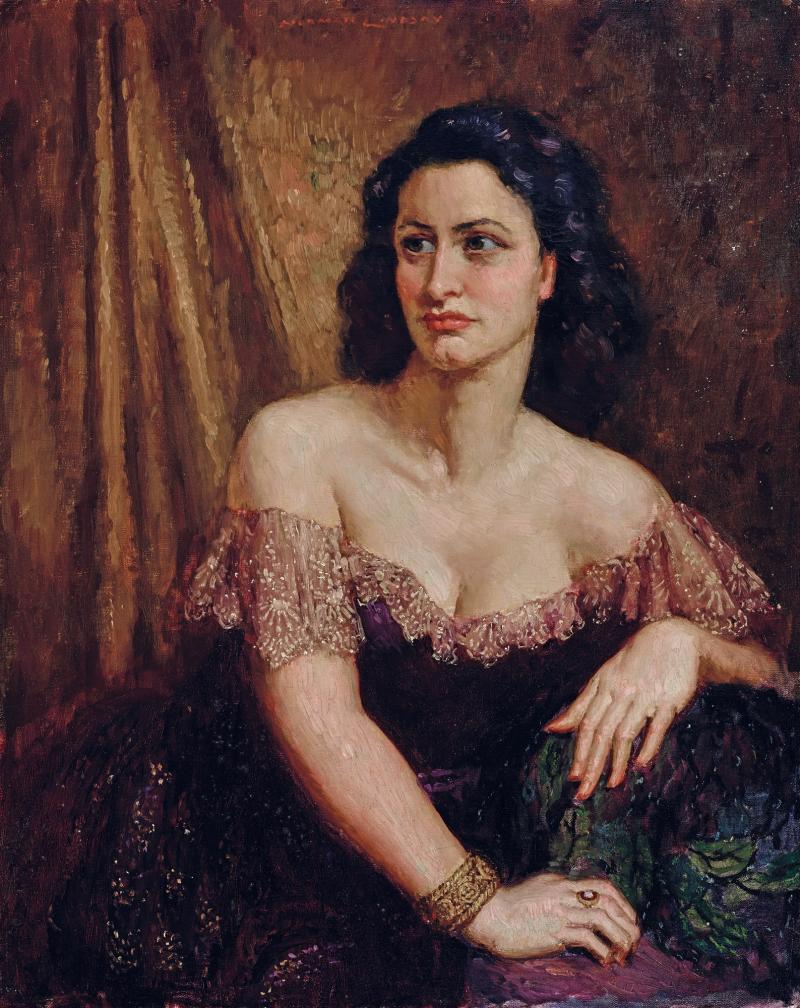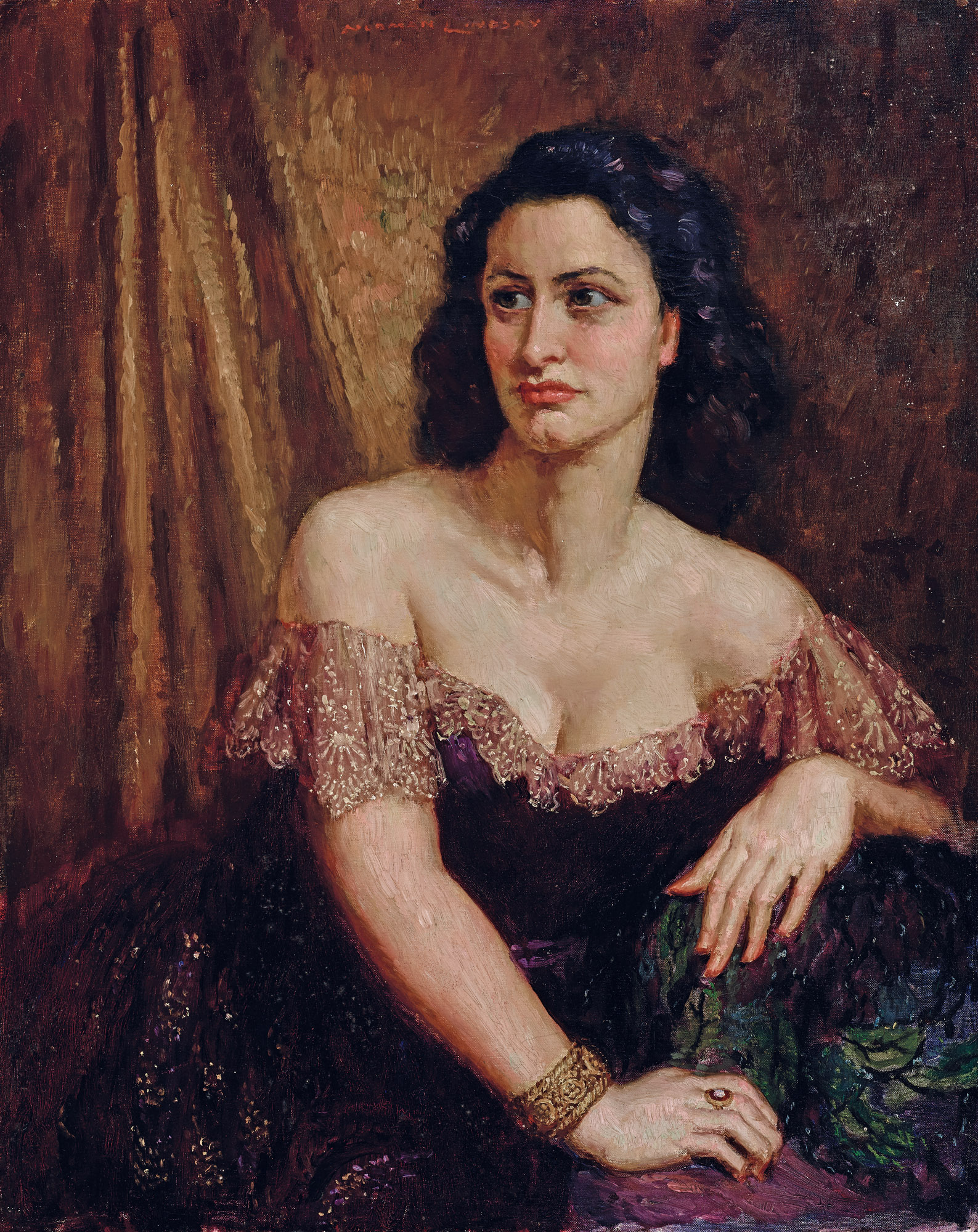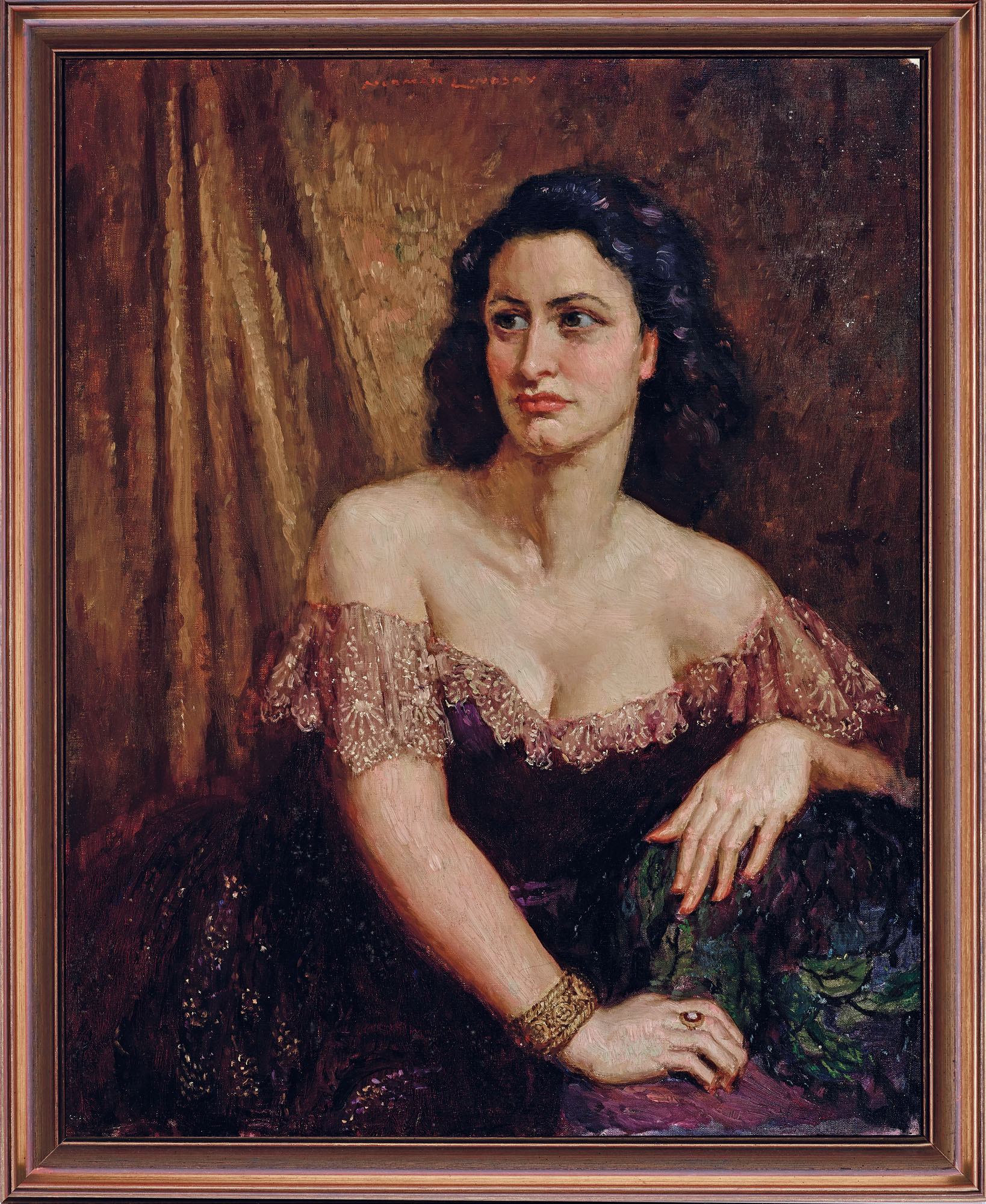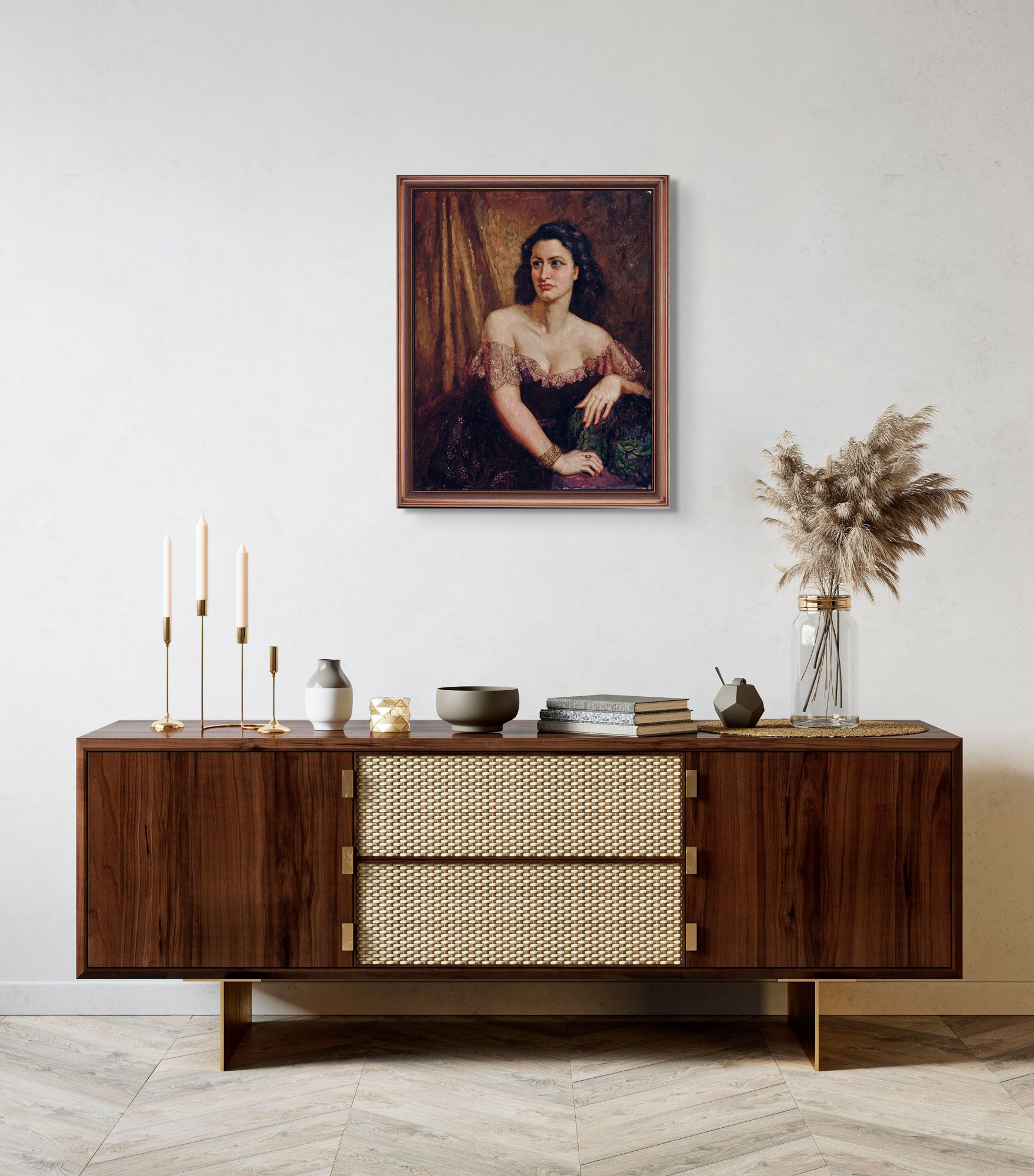NORMAN LINDSAY (1879-1969)
Rosemary Dobson 1949
Estimate: $30000 - 40000
Description
NORMAN LINDSAY (1879-1969)
Rosemary Dobson 1949
oil on canvas
75.0 x 59.0 cm; 83.0 x 68.0 cm (framed)
signed upper centre: NORMAN LINDSAY
Provenance:
Harry McPhee, Sydney
Estate of the above
Lawson-Menzies, A Major Collection of Works by Norman Lindsay from the Estate of Harry McPhee, Sydney, 26 October 2004, lot 43
Private collection, Sydney
Acquired from the above, private collection, Sydney
Reference:
Bloomfield, L., Norman Lindsay: Oil Paintings 1889-1969, Odana Editions, Sydney, 2006, p.254 (illus.)
Estimate: $30000 - 40000
Norman Lindsay, himself an artist in many media, regarded poetry as the highest of all creative forms. He used his seemingly inexhaustible energy to support poetry in Australia. The magazine Vision, published as a quarterly, first appeared in May 1923, and was seen by contemporaries as a vehicle for expressing Lindsay’s aesthetic philosophy. A great many nymphs and satyrs decorated the pages.
Its editors were Jack Lindsay, Frank Johnson and Kenneth Slessor. They were hoping for a renaissance of artistic and literary traditions to counter European modernists. Poems published were by Slessor, Hugh McCrae, Dorothea Mackellar and R.D. Fitzgerald. Vision lasted only four issues - the last in February 1924. Despite the failure of Vision, Lindsay remained convinced of the ability of a younger generation of writers to drive Australian literature out of a ‘bush’ provincialism into an Arcadian landscape. Lindsay continued to offer his illustrations to poets – knowing an illustration by him ensured enough sales to persuade an often-reluctant publisher.
The most steadfast of his friendships was with Douglas Stewart and his wife, Margaret Coen. Lindsay maintained a studio at 12 Bridge Street, Sydney, from the early 1930s, a ‘bolthole’ that afforded access to many models when he took up oil painting seriously. Though visitors often interrupted him, he was adept at dispensing with those he could not be bothered with.
Those welcome were invited to share in the convivial atmosphere of literary talk. Not only was Stewart a poet Lindsay greatly admired, but also editor of The Bulletin’s ‘Red Page’, an important writing. Poets published there included Judith Wright, Francis Webb, David Campbell, R.D. Fitzgerald and Rosemary Dobson. Very often Angus and Robertson published a volume of items extracted from the ‘Red Page’. ‘Take away The Bulletin,’ Lindsay noted, ‘and takeaway Angus and Robertson and see what you have left.’1
Stewart recalls the days of Lindsay’s ‘great portrait painting venture’ during the 1940s.2 Preliminary, often quite complete, pencil sketches were done. Kenneth Mackenzie and David Campbell remained on paper rather than canvas. Portraits of Fitzgerald, Douglas and Margaret Stewart and Lindsay’s daughter, Jane, reveal how he was grappling with the problems of portraiture. These subjects were people Lindsay knew closely, such intimacy may have been a more difficult challenge for an artist.
He was not as familiar with Rosemary Dobson AO (1920-2012), though he admired the young woman’s poetry. Her first collection, In a Convex Mirror, appeared in 1944. Her output was considerable, she published another thirteen volumes. She produced anthologies and translations of Russian poets as well as prose. Her work was recognised by contemporaries, as she received awards beginning with the Sydney Morning Herald Poetry Prize in 1947 for The Ship of Ice. In 1984 she was given the Patrick White Award for her lifetime achievements in writing.
During her time at Angus and Robertson as an editor and reader, she worked with Beatrice Davis (1909-1992) and met her husband, Alec Bolton (1926–1996). They moved to Canberra 1971, where Bolton was Founding Publisher at the National Library of Australia. Together they set up Brindabella Press, which produced beautiful small editions in the tradition of Hogarth Press. Dobson served as editorial advisor and proofreader.
Lindsay admired the poetry of Dobson for her love of antiquity, her ability to describe visual art in words. In 1955 he wrote to her, ‘And the painter-poems have a special appeal to me. I’ve taken so much from poets that it charms me to see, in precise terms what a poet can take from a painter.’3 Interestingly, Dobson did not take up frequent offers from Lindsay to illustrate any of her books.
Lindsay painted three portraits of Dobson. A portrait he created in 1950 was unfinished and discarded. The second portrait is held in the National Library of Australia, together with the dress in which she posed. This portrait - with the drape background, bracelet, ring and lace costume - is more typical of his portraits of unnamed models. It is evident this painting that Lindsay found in the poet Dobson a person of great poise and charm. They stayed friends for the remainder of Lindsay’s life.
Footnotes
1. Stewart, D., Norman Lindsay : A Personal Memoir, Thomas Nelson, Melbourne, 1975
2. Ibid.
3. Letter from Norman Lindsay to Rosemary Dobson, 1955
Helen Glad
Helen Glad is an art historian, fine art consultant and granddaughter of Norman Lindsay.
Specialists
-

Cameron Menzies, Chairman & Head of Private Sales
cmenzies@menziesartbrands.com
+61 (0) 466 636 142 -
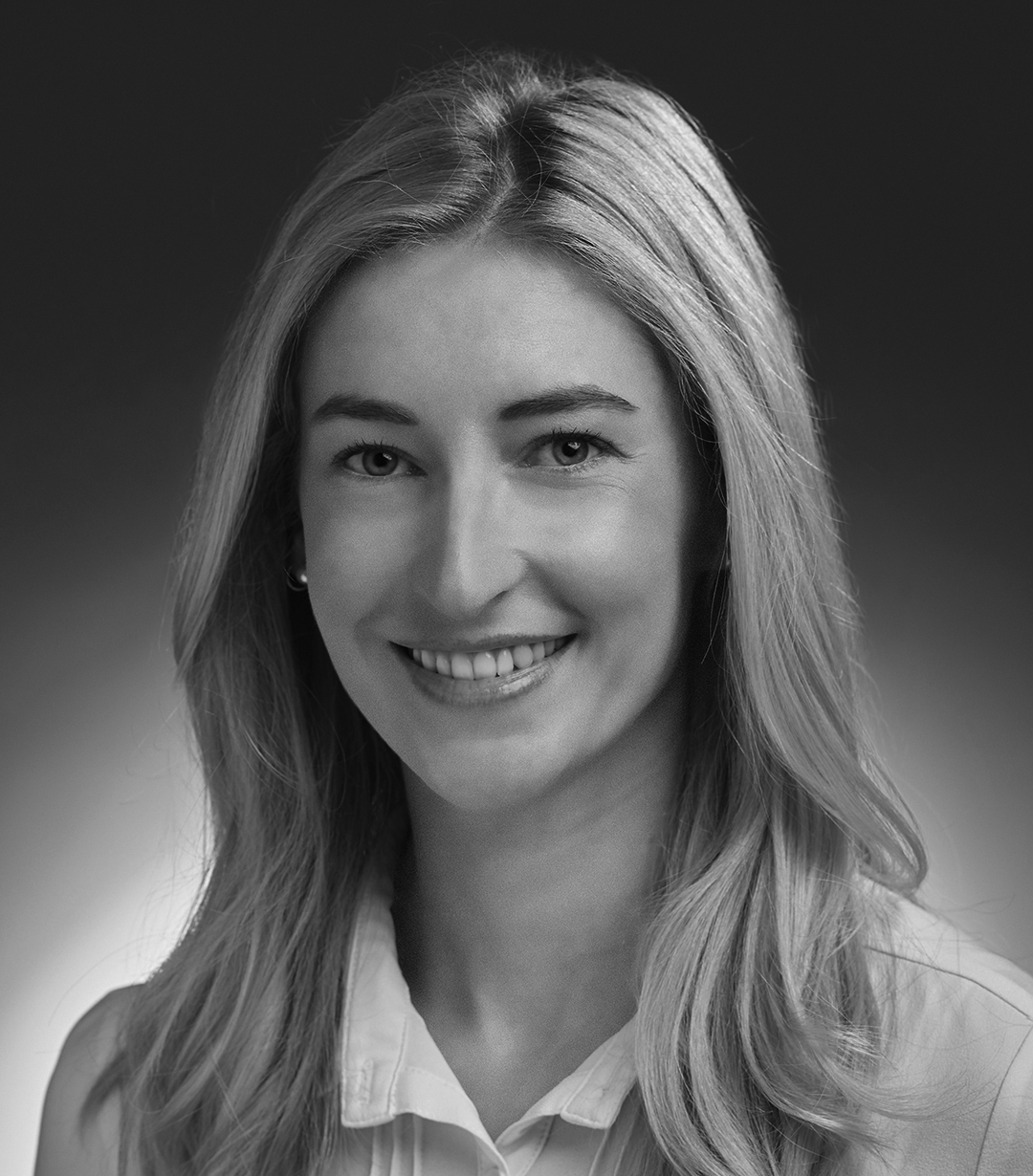
Asta Cameron, Art Specialist
acameron@menziesartbrands.com
+61 (0) 400 914 088 -
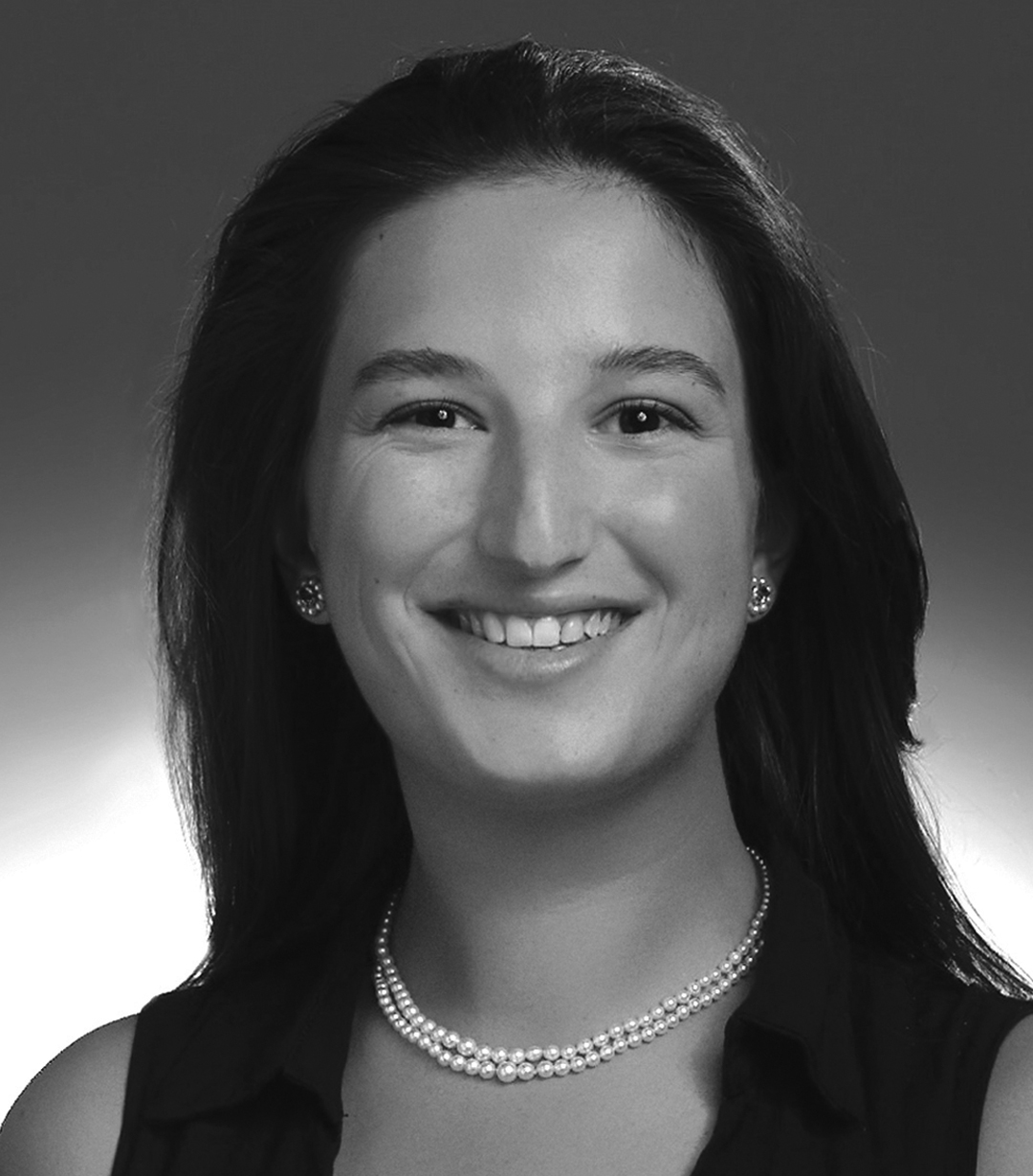
Clementine Retallack, Front of House Manager & Associate Art Specialist
cretallack@menziesartbrands.com
+61 (0) 478 493 026
Location
Sale & Exhibition Details
-
Auction
27 March 2024
6:30PM AEDT
1 Darling Street
SOUTH YARRA VIC 3141
artauctions@menziesartbrands.com -
Exhibition
-
Sydney
14-17 March 2024
10:00AM to 5:00PM AEDT
12 Todman Avenue
KENSINGTON NSW 2033
art@menziesartbrands.com -
Melbourne
21-26 March 2024
10:00AM to 5:00PM AEDT
1 Darling Street
SOUTH YARRA VIC 3141
artauctions@menziesartbrands.com
-
